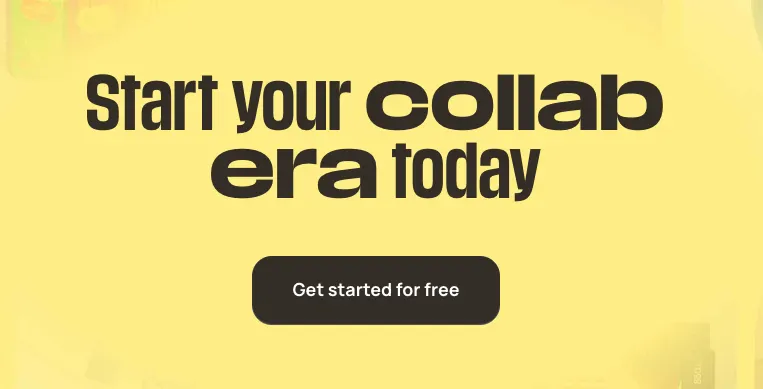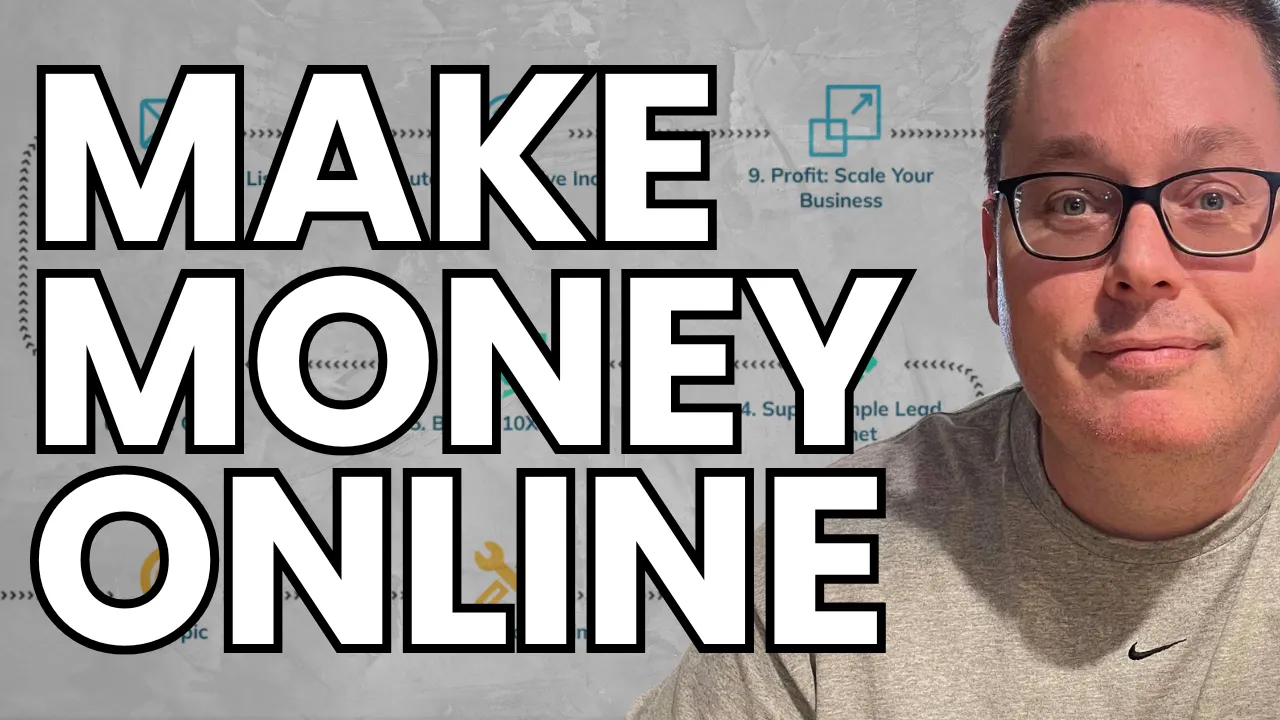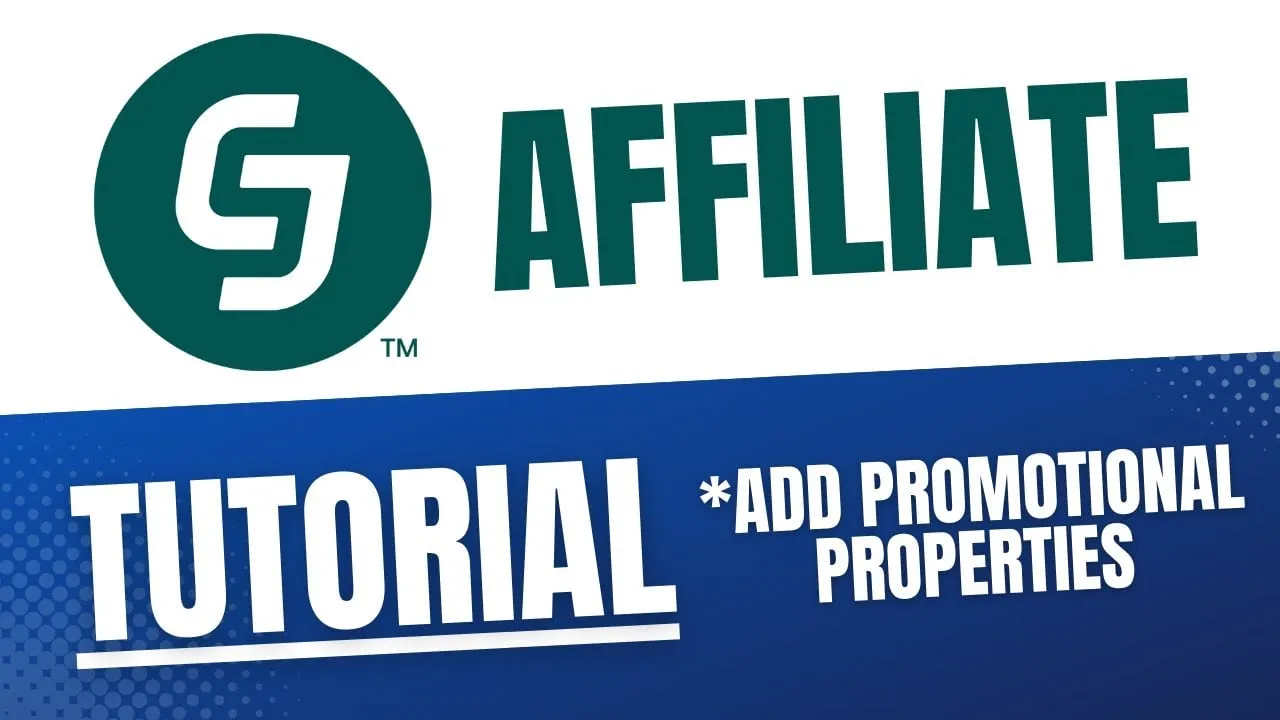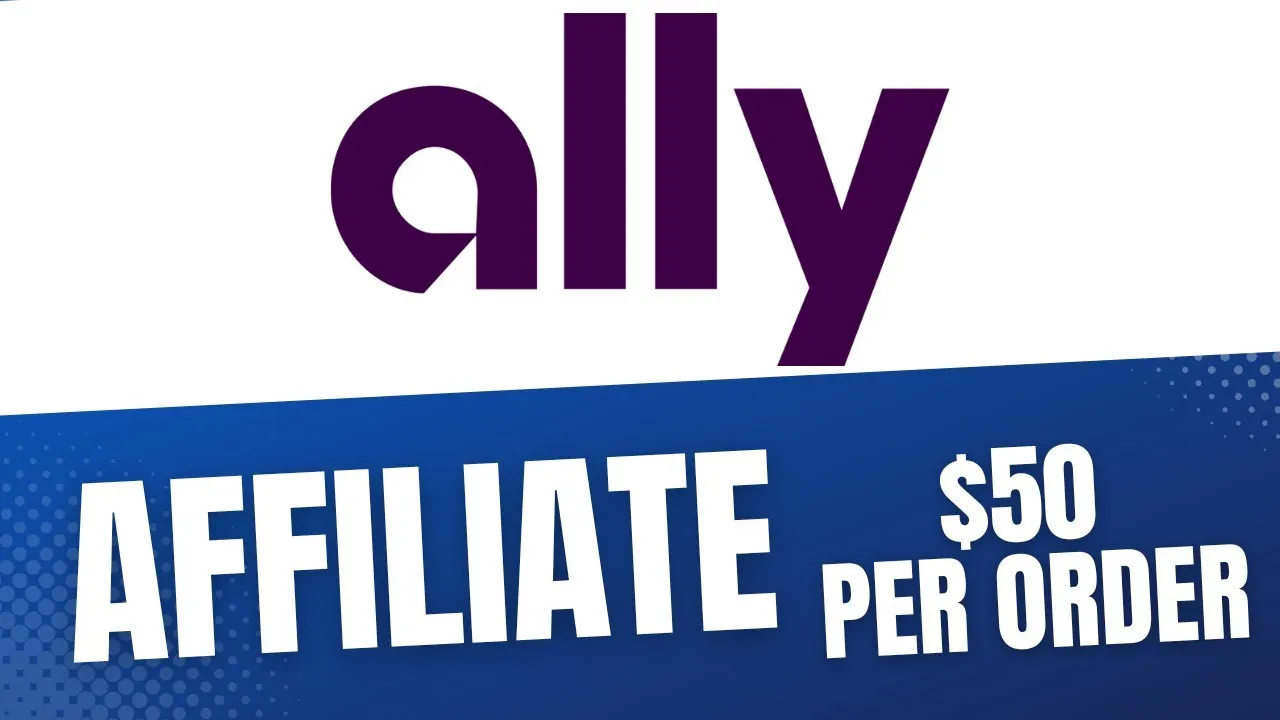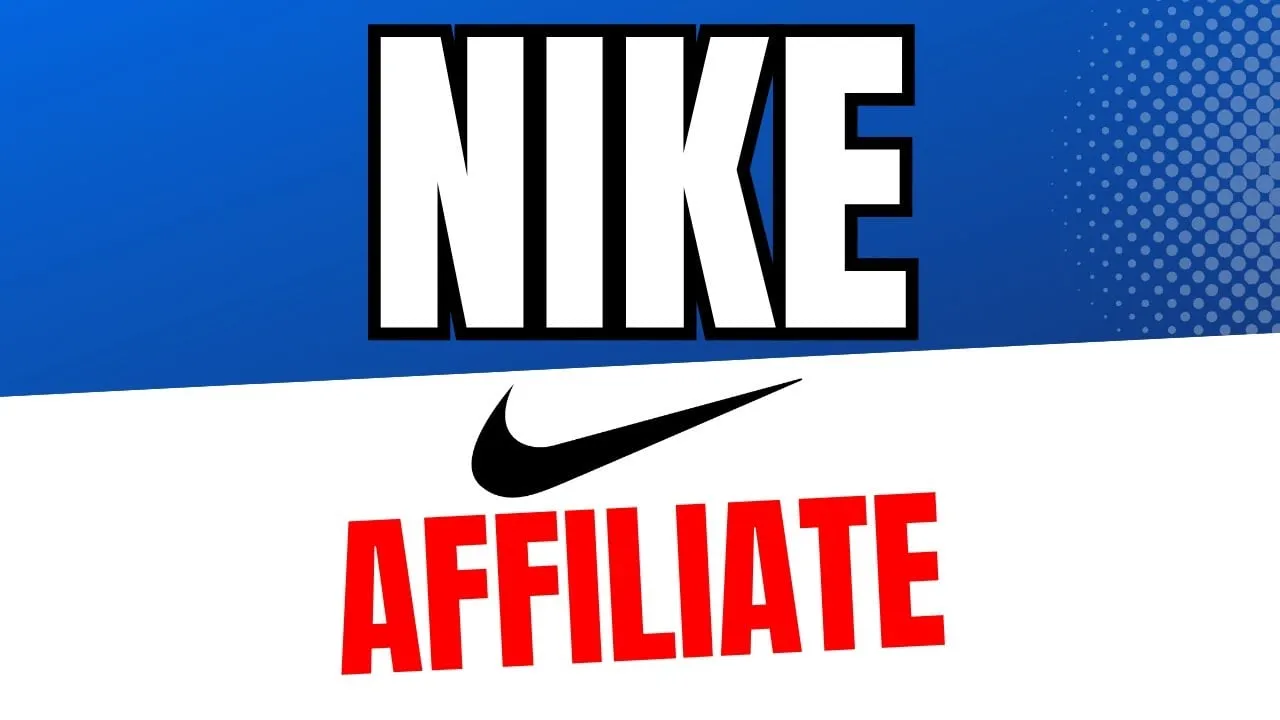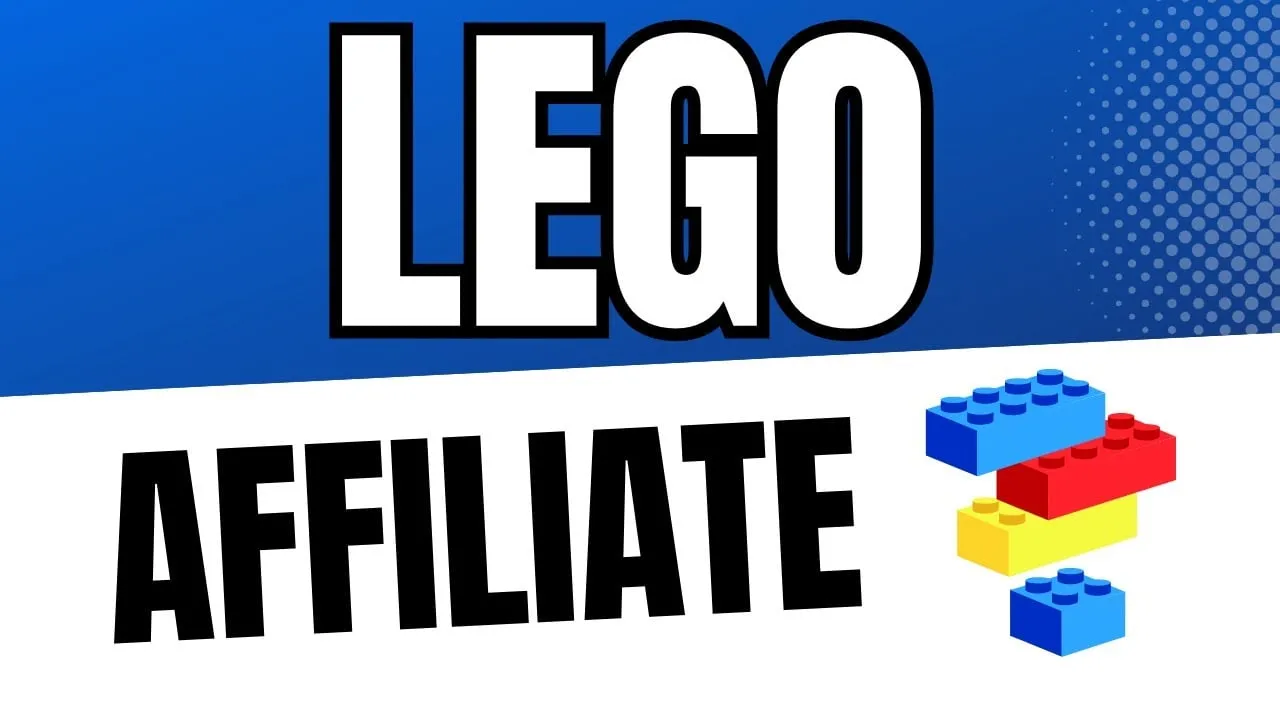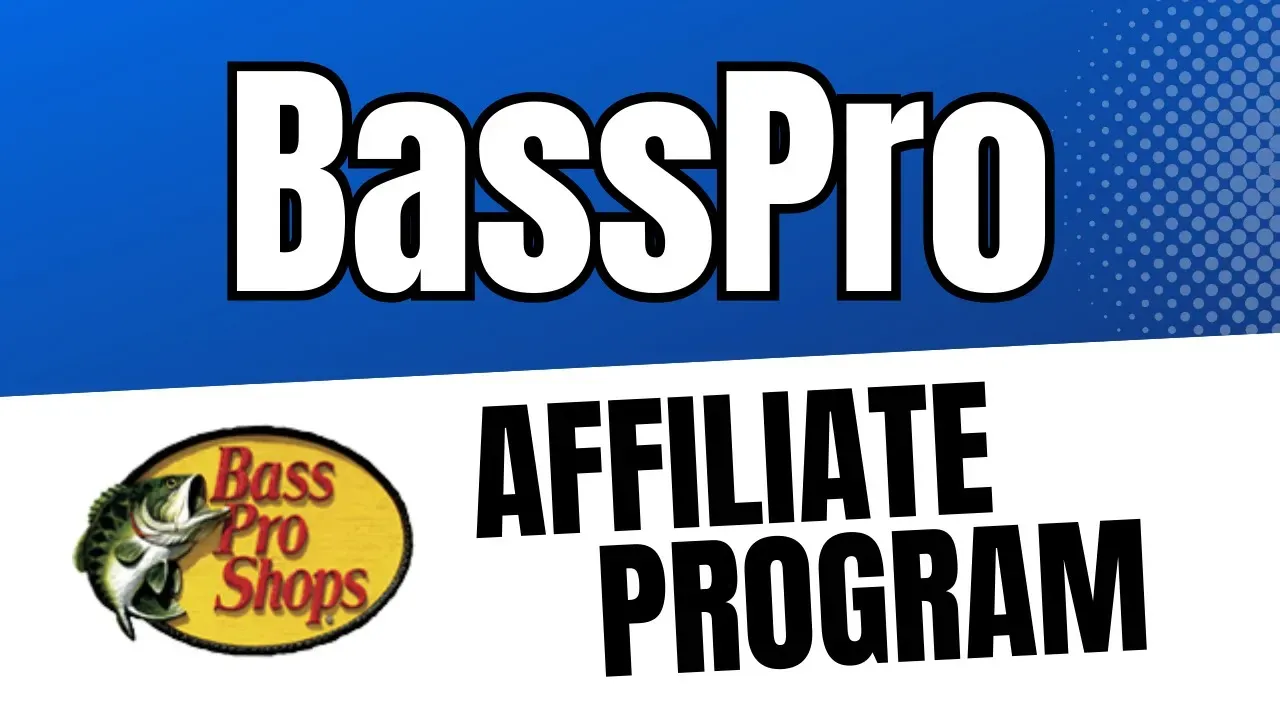$100K Selling Info Products (starting from zero)
Launching an info product can be a powerful way to generate revenue online.
This strategy guides you from zero to 100K by focusing on three critical steps: identifying a problem, crafting a smart solution, and selecting the right sales platform.
By leveraging tools like AI and developing consistent content on platforms like YouTube, anyone can attract traffic, create valuable offers, and build an email list.
This structured approach simplifies the process and ensures every step is geared toward achieving results.
Key Takeaways
- Identify a specific problem to solve.
- Create a simple but effective solution.
- Utilize the right platforms and tools for maximum impact.
Understanding the 100K Info Product Strategy
For individuals aiming to reach $100K in sales with info products, a clear strategy is essential.
There are three key steps to achieve this:
- Pinpoint a Problem: Identify a problem that people need a solution for.
- Create a Smart Solution: Develop a simple and effective solution. This often starts with preparing a minimal viable product (MVP), like a PDF guide.
- Sell the Product: Find a platform to sell your product. YouTube is an excellent place to start by creating consistent content to drive traffic to your offer.
Key Requirements
To succeed, the following elements are necessary:
- Traffic: Attract visitors to your content.
- Offer: Create something valuable and relevant to the audience.
- Email List: Collect contact information from interested users for follow-ups.
Tools and Technology
Using tools like AI tools for brainstorming and content creation can significantly streamline the process. For instance, ChatGPT can assist in outlining and planning your info product.
Consistent Content Creation
Posting regular and helpful content on YouTube or a similar platform helps maintain a steady flow of traffic. Medium is another avenue worth exploring for content distribution.
Bonus Offers
Adding bonuses or extra value to your product can entice customers. This can be especially useful for affiliate marketers.
Email List Building
Automate your email marketing to build and maintain your audience. The platform used for selling should also support email list automation.
Scaling the Business
Once the basics are in place, scaling involves:
- Developing new traffic sources.
- Diversifying content platforms.
- Enhancing product offerings with more detailed courses or additional resources.
Identifying a Problem
Key Point: Every successful info product starts with identifying a real problem that people need solved. It's vital to ensure that the problem is relevant and pressing.
Steps to Identify a Problem:
Listen to Your Audience: By understanding their pain points, you can create a product that provides value.
- Methods:Surveys
- Social media listening
- Comments on your YouTube channel or blog
Analyze Competitors: Look at what your competitors are offering and identify gaps in their solutions.
- Tools:Competitive analysis tools
- Customer reviews on competitor products
Use Tools and Technology: Leverage AI tools to assist in narrowing down potential problems.
- Example: Tools like ChatGPT can help brainstorm and validate ideas.
Crafting a Smart Solution
To create a simple, smart solution, the first step is to clearly identify a problem. This begins with picking a topic that addresses an issue people are facing. Once the problem is pinpointed, the next step is to develop a solution that is both effective and easy to understand.
Steps to Crafting the Solution:
- Pick a Topic: Focus on a subject you are knowledgeable about and that others find challenging.
- Use AI Tools: Leverage AI to generate ideas and structure for your solution. AI can help brainstorm and refine the concept.
- Create a Lead Magnet: Design a valuable, free resource to attract potential buyers. This could be a simple PDF guide or checklist.
Selecting a Sales Platform
Choosing the right sales platform is a crucial step in selling your info products.
There are a few key factors to consider when making this decision:
- Ease of Use: Look for platforms that are straightforward and intuitive. You don’t want to get bogged down with complicated setups.
- Cost: Many platforms offer free plans or trials. Use these options to start without financial stress.
- Audience: Some platforms come with built-in audiences which can help drive traffic to your product.
Recommended Platforms
Setting Up
Once you've chosen a platform, follow these simple steps:
- Sign Up: Create an account on your chosen platform.
- Upload Your Product: Start with a simple PDF or MVP.
- Set Your Price: Choose a pricing strategy that reflects your product's value.
This straightforward approach ensures you can focus on creating and marketing your product, rather than getting tangled in technical details.
Use tools like Google Docs or Canva to create your PDF easily, then convert it to a format suitable for sale on your chosen platform.
Automating Sales
Automation can simplify the process even further. Many platforms offer:
- Email Integration: Build your email list and automate follow-ups.
- Sales Funnels: Guide your customers through the purchasing process smoothly.
Choosing the right sales platform and setting it up correctly can put you on the path to achieving your sales goals efficiently.
Traffic, Offer, and People
The journey to selling information products starts with traffic. Traffic refers to the audience you draw to view your content or offer. This begins with picking a topic that addresses a specific problem. Consistent content creation on platforms like YouTube is essential. This is the primary way to generate traffic.
Next is the offer. An offer can be a simple PDF or a full course with videos. Using AI tools like ChatGPT can help structure this offer by brainstorming and planning. The first step involves identifying a problem and creating a minimal viable product (MVP).
Finally, once the traffic sees the offer, the focus shifts to people. Building an email list from those who are interested or have purchased your offer is crucial.
This allows for follow-up and automation, ensuring continued engagement and potential sales.
- Steps to follow:Pick a topic.
- Use tools and technology to create consistent content.
- Develop a simple, smart solution.
- Post the offer on a chosen platform.
- Build and manage an email list.
Developing a Traffic Strategy
Picking a Topic
Choosing the right topic is essential. It begins by pinpointing a problem that needs solving. This sets the foundation. The topic should address a specific issue and offer a practical solution.
Steps to Picking a Topic:
- Identify a problem.
- Ensure it has a demand.
- Create a solution.
Utilizing AI
AI can be a valuable tool in this process. Using tools like ChatGPT, individuals can generate ideas and outlines for the product. AI helps simplify the brainstorming and planning phases.
Ways to Use AI:
- Generate topic ideas.
- Outline the product.
- Plan additional resources.
Content Creation on YouTube
Creating content consistently on YouTube can drive traffic to the product. Videos should be helpful and center around the chosen topic, offering value and solutions.
Content Strategies:
- Post regularly.
- Focus on solving problems.
- Engage with the audience.
Tools, Technology, and Time Investment
Using the right tools is crucial for success. AI tools like ChatGPT can help brainstorm ideas and outline products. Start by setting the context and entering a simple prompt to outline a product. For example, "I want to build an information product with three main points that solve a simple problem in a unique way."
For creating content, consider tools like Google Docs and Canva. Use Google Docs to draft your product, which can then be saved as a PDF. Canva is another option for creating visually appealing products.
YouTube is recommended as the initial traffic source. By creating consistent content, one can attract an audience and direct them to the product. Consistency is key in building and maintaining traffic.
Time investment is necessary at various stages:
- Learning AI tools: Time to understand and effectively use tools like ChatGPT.
- Content creation: Regularly producing helpful, consistent content for YouTube.
- Product creation: Developing a Minimum Viable Product (MVP) such as a PDF before expanding into full courses.
Technology enhances efficiency but demands a commitment to learning and application. By investing time in mastering these tools and creating consistent content, you pave the way to reaching your goals.
Creating Your Offer
When creating your offer, focus on solving a specific problem. Start by identifying a topic that addresses a pain point. Use AI tools to brainstorm and outline the key aspects of your solution.
Steps to Create Your Offer:
- Identify the Problem:
- Pick a topic with a clear issue that needs a solution.
- Ensure the problem is relevant to your audience.
- Develop a Simple Solution:
- Create a Minimum Viable Product (MVP) such as a PDF.
- Outline three main points that solve the problem uniquely.
- Utilize AI for Planning:
- Use ChatGPT to outline your product.
- Ask it to generate additional resource ideas.
- Format Your Solution:
- Create the PDF using tools like Google Docs or Canva.
- Ensure the layout is clean and easy to follow.
Maximizing Lead Magnets
Understanding Lead Magnets
Lead magnets are tools used to attract potential customers by offering something valuable in return for their contact information, such as an email address. These can take many forms, including eBooks, whitepapers, checklists, or templates.
The key is to target a specific problem or need that the audience has and provide a solution that encourages them to engage further.
Adding Value with Bonuses
Incorporating bonuses can significantly enhance the attractiveness of a lead magnet. Bonuses can be additional resources like extra guides, exclusive video content, or special discounts.
These added values increase the perceived worth of the lead magnet, making it more compelling for users to share their contact details.
Scaling Offers Based on Topic
Scaling involves creating multiple offers based on a single topic.
Begin with a basic offer like a PDF guide, then expand into more comprehensive products like full video courses or membership areas. Using platforms like ChatGPT helps brainstorm and outline these products efficiently.
This approach allows for continuous growth, keeping the audience engaged with new and relevant content.
Building and Automating an Email List
Building an email list is essential for growing your info product business. First, create a lead magnet. A lead magnet is a valuable piece of content, usually given for free, to convince visitors to subscribe to your email list. Examples of lead magnets include:
- eBooks
- Checklists
- Webinars
- Free Trials
- Templates
Once you have a lead magnet, set up a landing page. This page should clearly explain the benefits of your lead magnet and include a simple form where visitors can enter their email address to receive it.
Steps to Build an Email List
- Choose a Lead Magnet: Pick something that solves a specific problem or provides significant value.
- Create a Landing Page: Use tools like Canva or Google Docs to design your page.
- Promote Your Lead Magnet: Share it on social media, YouTube, Medium, or any platform where your audience frequents.
With people subscribing to your list, the next step is automation. Automation ensures that you stay in constant touch with your subscribers without having to manually send emails.
Use email marketing platforms like:
- Mailchimp
- ConvertKit
- AWeber
Automating Your Email Campaigns
- Create a Welcome Series: Set up a series of initial emails to welcome new subscribers. Include a thank you email and provide the promised lead magnet.
- Segment Your List: Divide your email list into segments based on subscribers’ interests and actions. This allows for more personalized communication.
- Set Up Automated Workflows: Use workflows to send emails based on specific triggers, like new sign-ups or purchases.
By consistently adding value through your emails, you build trust and keep your audience engaged. This engagement increases the likelihood of sales and ultimately helps grow your business.
Profit and Scale
To profit and scale the business, one must revisit the essential steps and strategies. Starting with a single traffic source, such as YouTube, is key. It's crucial to create consistent content that draws attention to the offer.
Steps to Profit and Scale
- Identify Additional Traffic Sources:
- After establishing a primary traffic source, explore others. For example, Medium can complement YouTube and help expand reach.
- Create Consistent Content:
- Consistently produce helpful and relevant content. This nurtures audience interest and trust.
- Utilize Email Lists:
- Build and automate email lists to maintain contact with potential and existing customers. Email marketing can drive repeat sales and engagement.
Tools and Platforms
To achieve a higher profit, it's essential to leverage multiple platforms for content distribution, maintain a consistent posting schedule, and engage with the audience effectively. Using AI tools like ChatGPT can assist in brainstorming and outlining viable digital products, starting with simple formats like PDFs and evolving to more complex courses as the business grows.
Focusing on these strategic actions propels a business from zero to significant profit, scaling efficiently by adding more traffic sources and refining the offers based on audience feedback and engagement.
Expanding Traffic Sources
Exploring Alternatives to YouTube
Finding additional traffic sources can boost visibility and reach. While YouTube is a popular platform, other options can drive significant traffic.
Here are a few alternatives to consider:
- Social Media Platforms: Facebook, Instagram, and Twitter can be great for engaging with audiences and directing them to your product.
- Forums and Communities: Engage in relevant forums like Reddit or niche-specific communities to share your content.
- SEO and Blogs: Optimizing blog posts for search engines can attract visitors interested in your topic.
Utilizing these platforms can diversify traffic sources and bring new visitors to your content.
Leveraging Medium for Content
Medium is a valuable platform for sharing written content and attracting readers.
Here’s how to make the most of it:
- Quality Articles: Write in-depth, helpful articles that address common problems and provide solutions.
- Consistency: Regular postings keep readers coming back and build your presence on the platform.
- Engagement: Respond to comments and engage with followers to foster a community around your content.
By leveraging Medium, creators can expand their audience and drive traffic to their offers.
Guiding Through the Use of ChatGPT
To effectively use ChatGPT in your strategy, start by setting a clear context or prompt.
For example, if you aim to build an information product, you might say, "I want to create an information product with three main points that solve a simple problem in a unique way. Please help me outline the product." This helps the AI focus on providing relevant assistance.
Steps to Follow:
- Start Simple: Begin with a Minimal Viable Product (MVP). For instance, create a simple PDF using tools like Google Docs or Canva.
- Brainstorming: Use ChatGPT to brainstorm ideas for additional resources. You can say, "Give me ideas for additional resources to add based on the information in the product."
- Choosing a Topic: To find a topic you're passionate about, ask ChatGPT for questions to help identify a suitable area. For example, "Please help me by asking some questions to find a topic I would be interested in creating a product for."
Example Prompts for ChatGPT:
- "I need a strategy to sell a PDF as an information product. Could you outline the steps?"
- "Help me come up with a unique solution to a common problem in [your topic]."
- "What are the best platforms to sell a digital product for free?"
Utilizing Tools and Platforms:
- Google Docs: Start with creating your content here and save it as a PDF.
- Canva: Use it for designing visually appealing PDFs or other resources.
- Marketplaces: Explore platforms where you can set up and sell your product for free.
ChatGPT acts as an assistant, guiding you through each step to help you stay focused on your ultimate goal: creating and selling your information product. By leveraging AI, you streamline your workflow and turn ideas into actionable plans.
Creating a Minimum Viable Product
Creating a Minimum Viable Product (MVP) is essential for starting from scratch and scaling to significant sales.
To start, focus on pinpointing a problem that you can provide a solution for. Use tools like ChatGPT to help you outline your product.
Here’s a simple example to get started:
Step-by-Step Guide to Creating an MVP:
- Pick a Topic: Choose the problem you want to solve.
- Create the Solution: Start with a simple format, like a PDF.
- Use Google Docs: Write your solution in Google Docs and save it as a PDF.
Tools and Tips:
- Google Docs: Easy to use and free.
- Canva: For designing and formatting your PDF.
- AI Tools: Use ChatGPT to brainstorm and outline your product.
Start simple.
Just create a PDF and sell it. As you gain experience and feedback, you can expand into more comprehensive formats like video courses or membership areas. Use ChatGPT to help brainstorm and plan your MVP effectively.
Key Points:
- Identify the Problem: Ensure the problem is clear and your solution is straightforward.
- Simplify the Product: Begin with a PDF; expand later.
- Use Available Tools: Leverage free or low-cost tools for initial creation.
This approach allows you to focus on the core problem and solution without getting bogged down in complex processes. Aim for clarity and simplicity in your MVP.
Summary
Strategy Overview
- Pinpoint a Problem: Identify a specific issue your target audience is struggling with.
- Create a Smart Solution: Develop a simple, effective solution to the problem.
- Marketplace: Post the solution for sale on a chosen platform.
Essential Elements
Three Key Components:
- Traffic: Drive visitors to your offer.
- Offer: Present a compelling product.
- Email List: Collect emails for follow-up.
Steps to Success
- Pick a Topic: Choose a subject that addresses the identified problem.
- Leverage AI Tools: Use AI to aid in content creation and optimization.
- Consistent Content Creation: Regularly produce helpful videos on YouTube to build an audience.
Building an Offer
- Lead Magnet: Create a simple, valuable bonus to entice potential buyers.
- Automate Processes: Use tools to set up automatic email follow-ups.
Scaling Up
- New Traffic Sources: Expand to other platforms like Medium.
- MVP Products: Start with a minimal viable product, such as a PDF, then expand to full courses.
Practical Tips
- Tools and Tech: Utilize platforms and technology to streamline processes.
- Email Automation: Set up systems to follow up with your email list efficiently.
For further guidance, explore helpful resources over at the Thirty Minute Marketing YouTube channel.

